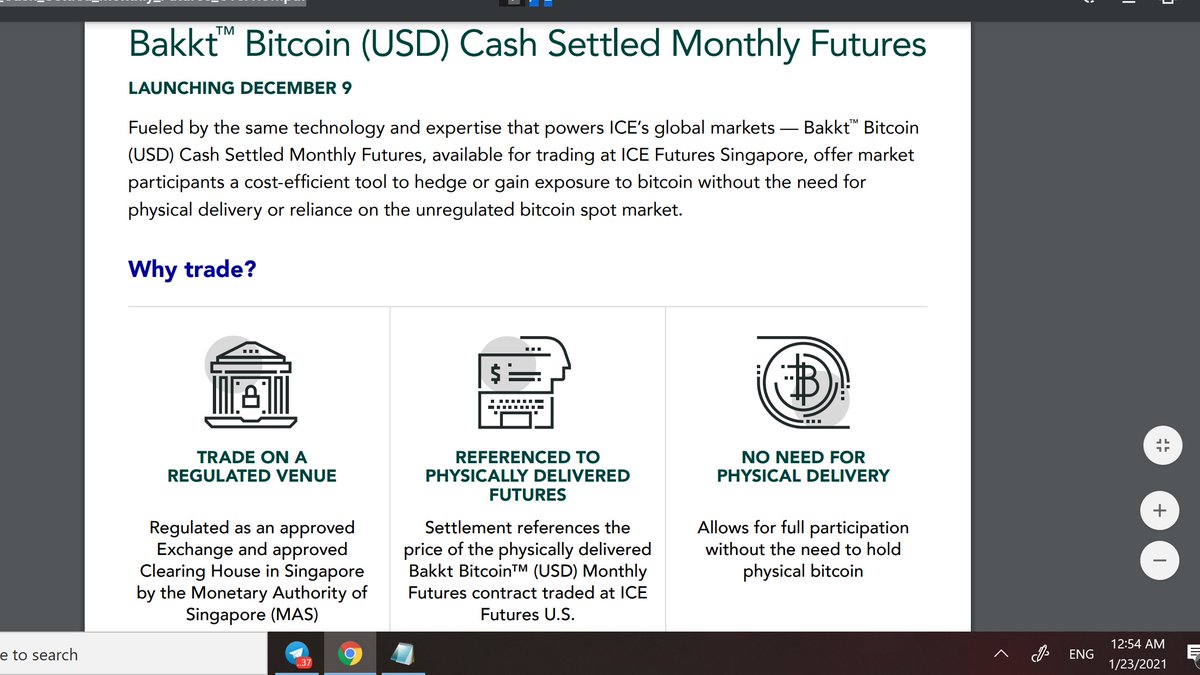Uniswap-style automatic market making for everything. Every possession you have, constantly marked to market by ~2040.
The defi matrix
As each asset class goes on-chain, it can be stored in a digital wallet. And it can be traded against other such assets. Not just cryptocurrencies, but national digital currencies, personal tokens, etc.
We’re about to enter an age of global monetary competition.
Uniswap-style automatic market making for everything. Every possession you have, constantly marked to market by ~2040.
This is an interesting point. Cash doesn’t make you money. In fact, it can lose you money in an inflating environment.
Reliable, 24/7 mark-to-market on everything is hard — but if achieved, means less % of assets in cash. https://t.co/Hg7W32iCDY
Thus less use for currencies as people can more easily store their wealth into assets and easily trade them.
— Pierre-Yves Gendron (@pierreyvesg7) February 24, 2021
- All assets trade against all assets in the defi matrix
- Automated market makers give liquidity for rare pairs
- Everything is marked-to-market 24/7
- Value of cash drops, as you can liquidate instantly
- The new no-op is to keep your assets in BTC
Though in practice this may mean WBTC/RenBTC [or ETH!] rather than BTC itself.
Total global liquidity for everything via automated market makers will drive the world to minimize national currency holdings.
Because the scale-up of AMMs & yield farming will allow anyone to instantly get a better return than holding cash!
But no more than that. Every excess unit of fiat beyond the necessary minimum goes into crypto to seek higher returns in the defi matrix.
It all becomes arbitrage.
Maybe you can constantly find a better job too...
https://t.co/NhCP1AGNzu
And what follows is the end of the bullshit job. What you do has tokenized and appreciable value, since otherwise, by definition, that capital could be earning immediate yield. There\u2019s a mark-to-market cost to bullshit.
— manhattanbeachproject (@manbeachproject) February 25, 2021
From drudgery to flourishing.
More from Bitcoin
Price needs to let volatility wear off before its next big move. Thinking 30K-40K range for the next 1-2 weeks. Then either 50K straight or after piercing 30K and bouncing back above 30K within 1-2 days.
My $BTC short-term view after long deliberation and some flip flopping is rangebound in 30K-40K until the curve and vols come off a further. Then, 50K. I wouldn't be surprised if 30K is briefly breached but the risk is to the upside. Those calling for 20K missing the big picture.
— Alex (@classicmacro) January 12, 2021
$27500-$27000 is the key area. If price heads back down to 30K, expect 30K to be breached, fall to that area, and bounce back. FAST. All very fast.

What do I do with this information?
Simple.
I'm trading the range against a core position. Buying when price pushes lower, selling when higher. It's like playing the achordeon. There's always air left inside.
Where exactly?
Nowhere.
I don't use limits for that. $BTC is liquid enough to trade at market without issues.
I'm watching PA, volume and rates for buying and euphoria as reflected in rates for reducing.
Decision making is dynamic. Nothing is set in stone. But most likely if price heads back down to 30K 'll be holding off next time. The gameplan is to have ammo to buy the dip (to redeploy). If 30K breaks absolutely no buying until down to 27Ks or back above 30K.
@woonomic @realmaxkeiser @stacyherbert @ToneVaysBTC @UglyOldGoat1
— Abolition (@kalsangdolmanz) January 22, 2021
What do you guys think? https://t.co/mF1z9QL1My
The notion that gold futures hold down the physical gold price or subjects the gold price to long-term manipulation is a canard. CME gold futures deliveries are settled with warrants meeting exact specifications met by approved refineries, carriers, and warehouses which (2/13)
ensures the integrity of delivery apart from the exchange. https://t.co/CpV1OBSsAT One need look no further than the 1980 Hunt Silver fiasco which illustrates how deliverable futures contracts provide for the discovery of an untapped silver supply resting in people's homes.(3/13)
Not so for Bitcoin. The CME Bakkt Bitcoin contract is for Bakkt Bitcoin. It is not Bitcoin. Bakkt Bitcoin is a cash-settled monthly futures contract. While the Bakkt Bitcoin has geographically storage of private keys, they are not your private keys. (4/13)

Not your keys, not your bitcoin. The Bitcoin Warehouse is an internal ledger The internal ledger operates separate and apart from the Bitcoin blockchain. The only interaction with the public blockchain is during the deposit of bitcoin into the Bakkt Warehouse and the (5/13)












